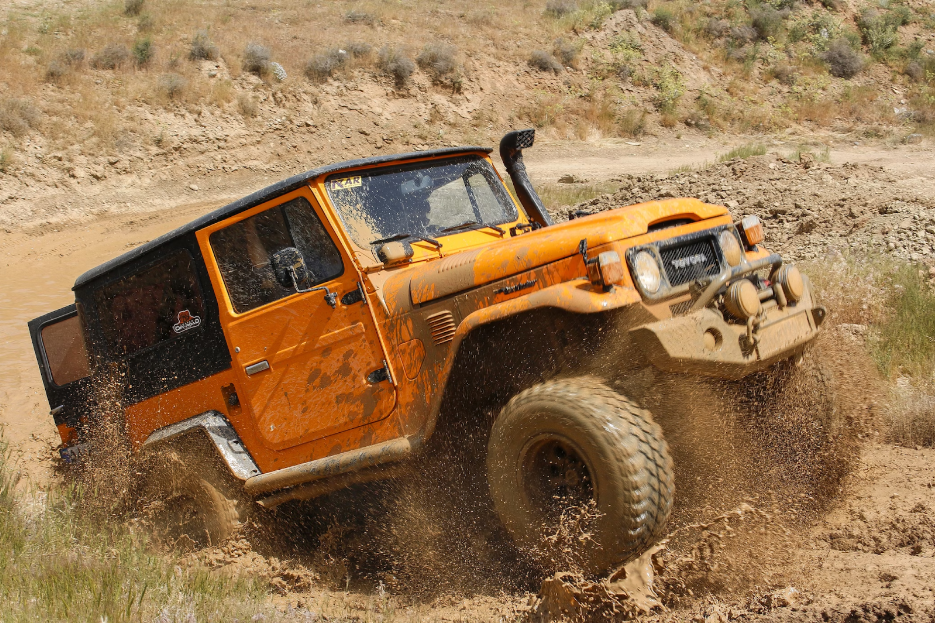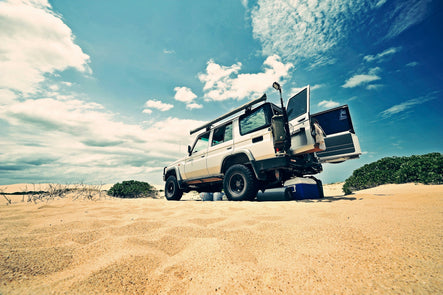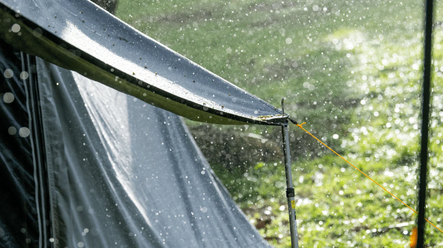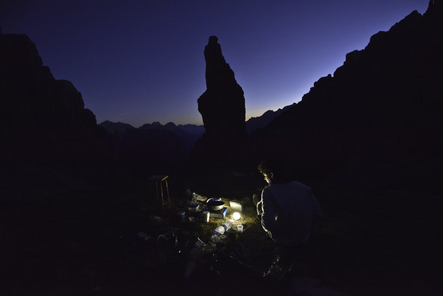An off-road adventure is always a thrill, but the line between a successful journey and a potential disaster often hinges on the state of your 4x4 recovery gear.
Any off-road adventure requires preparedness, and a key aspect of this is understanding the basics of maintaining your 4x4 recovery gear. Each piece of equipment, from snatch straps and winch extension straps to tree trunk protectors and synthetic winch ropes, has its own unique maintenance needs that, if overlooked, can lead to decreased performance and potential mishaps.
In this guide, we'll explore the critical aspects of maintaining your recovery gear so they remain in working condition for years to come.
The Basics of Recovery Gear Maintenance
Let's get acquainted with the main players in your recovery gear arsenal. From snatch straps to recovery hitches, each component has its specific role. Regular inspections are paramount, as wear and tear can compromise their effectiveness when you need them the most.
Snatch Straps
Snatch straps are essential recovery gear that should be inspected regularly. They can bear immense loads, but constant exposure to strain and harsh environmental conditions can degrade their quality. Look for signs of fraying, cuts, or abrasion. If these signs are present, it might be time to replace your strap to avoid the risk of breakage during a recovery operation.
Cleaning is also crucial to keep them in prime condition; a simple rinse with fresh water can wash away grit and grime, while air-drying ensures they're ready for action when needed.
Winch Extension Straps
Similarly, winch extension straps and tree trunk protectors are essential to protecting both your vehicle and the environment. Over time, these items can show signs of wear and tear, like the weakening of the material due to prolonged exposure to sun, rain, or mud. Regular cleaning and proper storage can significantly increase their lifespan, ensuring they are ready to perform when needed.
Synthetic Winch Ropes
Synthetic winch ropes are another crucial part of your recovery gear. They are lightweight, strong, and safer than steel cables. However, they can be susceptible to UV damage, chemical exposure, and abrasion. Regular inspection for signs of fraying, discolouration, or stiffness can help you assess their condition and plan for replacement if necessary.
Shackles, Chains, and Blocks
Shackles, chains, recovery hitches, and snatch blocks are the rugged components in your recovery kit. Despite their robust nature, they also require regular inspections. Look for signs of rust, distortion, or wear and tear. A shackle pin that doesn't screw in smoothly, for instance, can denote a thread issue that might compromise its effectiveness during recovery operations.
Regularly scrutinise shackles for deformation or corrosion, ensuring they remain strong links in your recovery chain. Chains should be inspected link by link, and blocks need attention to pulley functionality. Lubrication with a suitable penetrating oil keeps these components in tip-top shape.
Vehicle Jacks
Whether you rely on inflatable exhaust jacks or Hi-Lift Jacks, their proper maintenance is non-negotiable. Inspect inflatable exhaust jacks for leaks, patch them promptly, and store them rolled, not folded, to prevent damage. For Hi-Lift Jacks, a regular dose of lubricant on moving parts and cleaning off dirt ensures smooth operation.
The Cost of Negligence
Neglecting recovery gear maintenance is not just a matter of inconvenience—it can have substantial consequences. A frayed strap or a weakened shackle might lead to vehicle damage or worse, personal injury. Regular maintenance is an investment in your safety and the longevity of your 4x4 gear.
When it comes to maintaining your 4x4 recovery gear, there are a few things you should keep in mind. First and foremost, inspect your gear before and after each use for signs of wear and tear. Look for fraying straps, weakened shackles, or any other damage that might put your safety at risk. Replace any components that show signs of wear or damage, as they may fail when put under strain.
Proper storage is also important for keeping your recovery gear in top condition. Keep your equipment away from direct sunlight and store it in a dry can cause small parts to fail.
Frequently Asked Questions
Q: What's the safest method for recovering a vehicle?
A: The safest recovery method depends on the situation, but using proper equipment like a snatch strap or winch is common. Always assess the terrain and choose the method that minimises risks.
Q: How should I store a recovery strap?
A: Store recovery straps by hanging them or keeping them coiled in a dry, cool place. Avoid direct sunlight and inspect them before each use for any signs of damage.
Q: What should I include in a recovery kit?
A: A basic recovery kit should include straps, shackles, a snatch block, gloves, and a winch. Tailor it to your specific needs and terrain.
Q: How often should I replace my recovery gear, even if it appears undamaged? A: While visual inspections are essential, it's recommended to replace recovery gear, especially straps and ropes, every five years or sooner if there are signs of wear. Even seemingly undamaged gear can weaken over time due to exposure to elements and stress during use.
Q: Can recovery gear be used interchangeably between different 4x4 vehicles? A: Recovery gear compatibility can vary based on factors like vehicle weight and the type of recovery scenario. It's crucial to match the gear's weight capacity to the vehicle being recovered. Always consult the gear's specifications and consider factors like the vehicle's size and the recovery angle to ensure safe and effective usage.
The Bottom Line
As you gear up, remember that pre-trip checks on your 4x4 recovery equipment are essential for safe and successful off-road adventures. By following these tips and checking your recovery gear regularly, you’ll be well-prepared for any situation you may encounter on the trails. So, check those straps, inspect those shackles, and keep your gear in top shape. Your next off-road escapade will thank you for it.
Shop 4WD Accessories at Camping Adventures
Camping Adventures is home to 4WD camping accessories, 4WD tray installation, and more. Come and visit our indoor showroom where you can see our quality range of 4x4 and RV accessories on display and in person. Booking a viewing, demonstration, and being at the showroom gives you the opportunity to become familiar with the products and ask any questions you may have.







